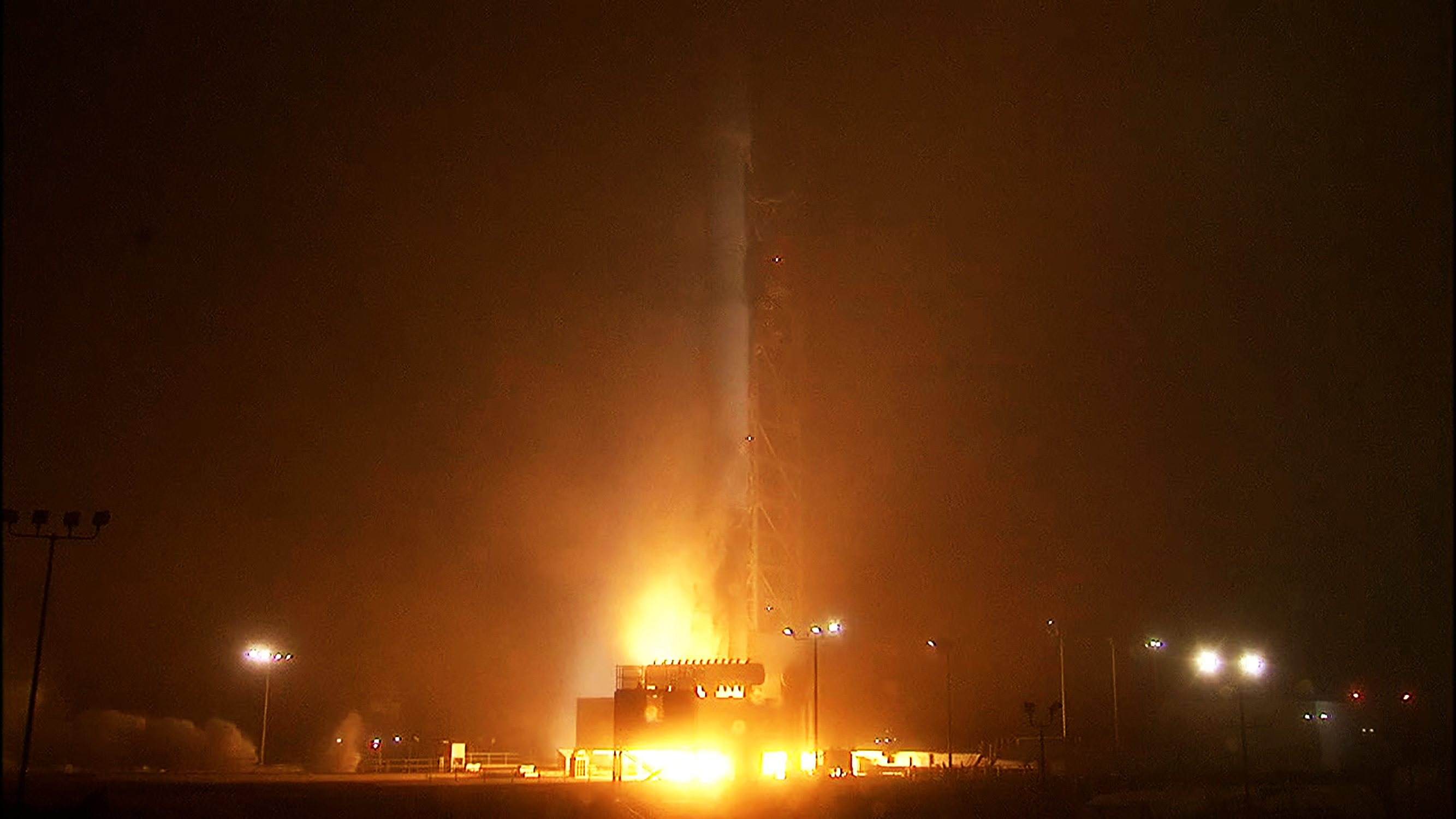
The NASA InSight mission, which stands for Interior Exploration using Seismic Investigations, Geodesy and Heat Transport, launched from California aboard a United Launch Alliance Atlas V rocket at 12.05pm (BST) on Saturday 5th May.
The mission will conduct six science investigations on and below the surface of Mars to uncover the evolutionary history that shaped all of the rocky planets in the inner solar system. The InSight Lander will use cutting-edge instruments to delve beneath the surface and investigate the interior of Mars to improve our understanding of how such planets formed. It will also study tectonic activity and meteorite impacts on Mars, both of which could provide valuable knowledge about these events on Earth.
One of those key instruments on board, the short period Seismometer (SEIS-SP) is being led from Imperial College London with Oxford University and support from STFC RAL Space. The UK Space Agency has invested £4 million in the instrument.
Sam Gyimah, Science Minister, said: “The UK is playing an important role in this exciting mission to unlock the deepest secrets of our nearest neighbour in the solar system. An instrument that started life in a London university laboratory will end it on the surface of Mars detecting quakes and meteor strikes for the first time.
“It's a great example of the importance of international collaboration and our work with the space sector as part of our Industrial Strategy, to ensure the UK remains at the forefront of pioneering science and exploration."
 SEIS-SP will be on the surface of Mars to measure seismic waves from Marsquakes. Scientists expect to detect anywhere between a dozen and a hundred of these tremors up to 6.0 on the Richter scale over the course of two years.
SEIS-SP will be on the surface of Mars to measure seismic waves from Marsquakes. Scientists expect to detect anywhere between a dozen and a hundred of these tremors up to 6.0 on the Richter scale over the course of two years.
Dr Jane Hurley, Instrument Scientist for SEIS-SP from RAL Space who attended the launch in California said, “It has been such an amazing experience to watch my first launch in person, and for that launch to be carrying an instrument I've worked on for 7 years. It means a lot to be here and be part of the excitement of the day to celebrate as part of a strong UK and international team. Now we hope that all goes well during its journey to and landing on Mars - we're looking forward to taking part in the operations and data processing for the mission!"
RAL Space provided electronics support, product assurance including planetary protection, instrument science/requirements, participates in the international science team, and will take part in the operations and data processing of the mission.
The spacecraft is due to arrive on the surface of Mars on 26 November.
Images
Top: InSight launched on Atlas V rocket from Space Launch Complex 3 at Vandenberg Air Force Base, California. Credit: NASA.
Bottom: An artist's impression of the InSight lander operating on the surface of Mars. Credit: NASA.
